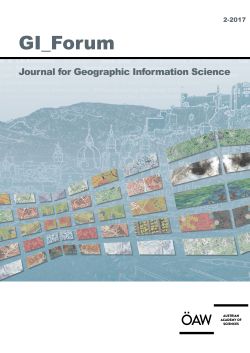
GI_Forum 2017, Volume 5, Issue 2, pp. 164-172, 2017/12/13
Journal for Geographic Information Science

Crime prevention requires planning, the identification of critical places, and allocating resources correctly. In order to ensure crime reduction, the participation of security decision makers is necessary in evaluating criteria that influence crime prevention. The decision maker needs to analyse the best actions to control violence, as well as define where these actions should be allocated. This paper suggests a multi-criteria spatial model associated with remote sensing to identify those areas most vulnerable to homicide and consequently in greatest need of public-policy intervention. The model was applied in a Brazilian neighbourhood, taking into account social, economic and demographic factors, as well as satellite images. We conclude that the spatial analysis approach using multiple criteria is a viable option for mapping crime-vulnerable places, since the areas identified as vulnerable have a similar pattern to official maps showing homicide density. The proposed approach presents some methodological advantages: (1) integration of different approaches; (2) consideration of rasters, excluding the need for polygons; (3) consideration of remote sensing, excluding unnecessary areas from the analysis; (4) little effort is required on the part of the decision maker.
Keywords: public security, multi-criteria analysis, remote sensing, raster, weighted overlay